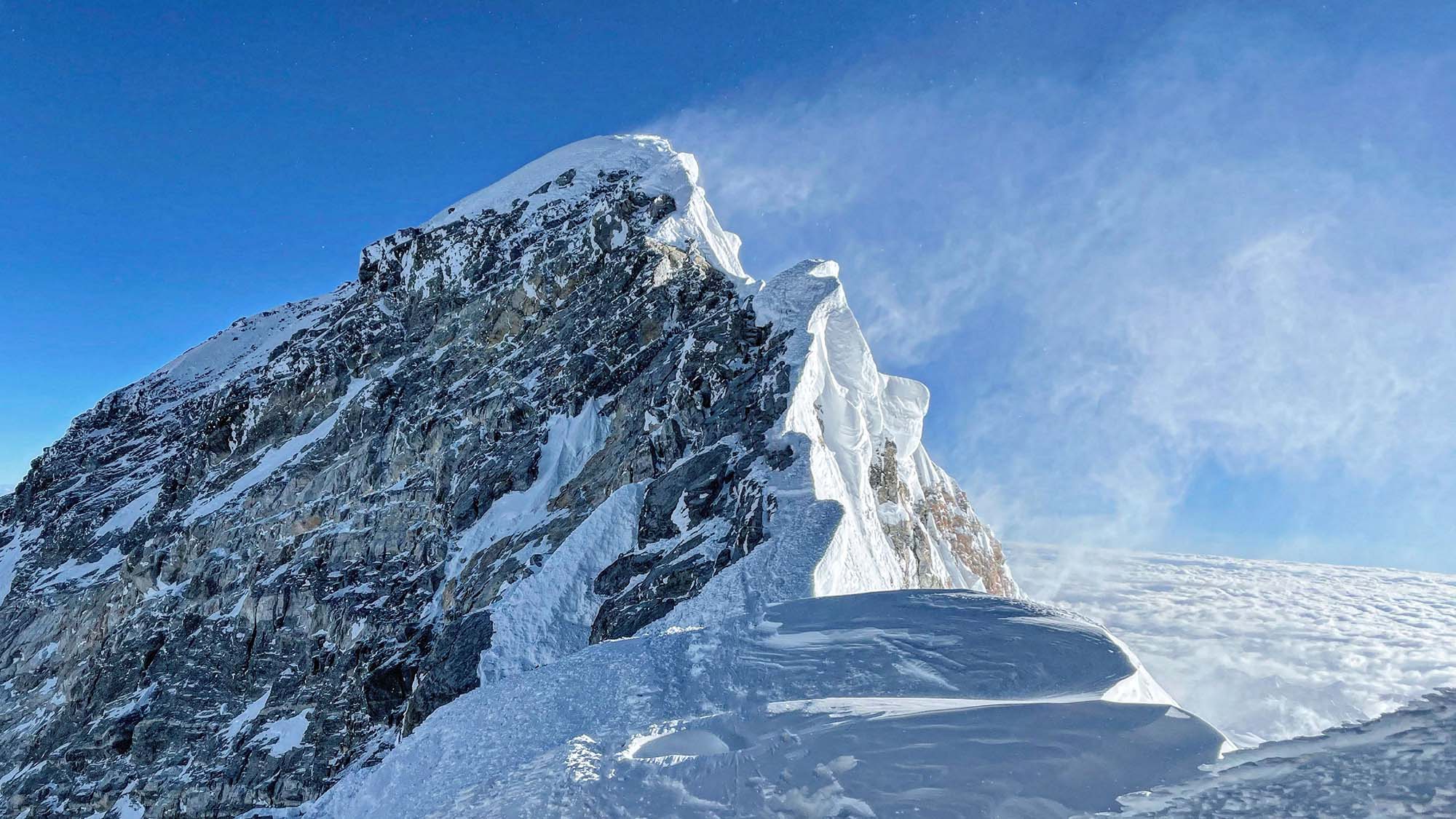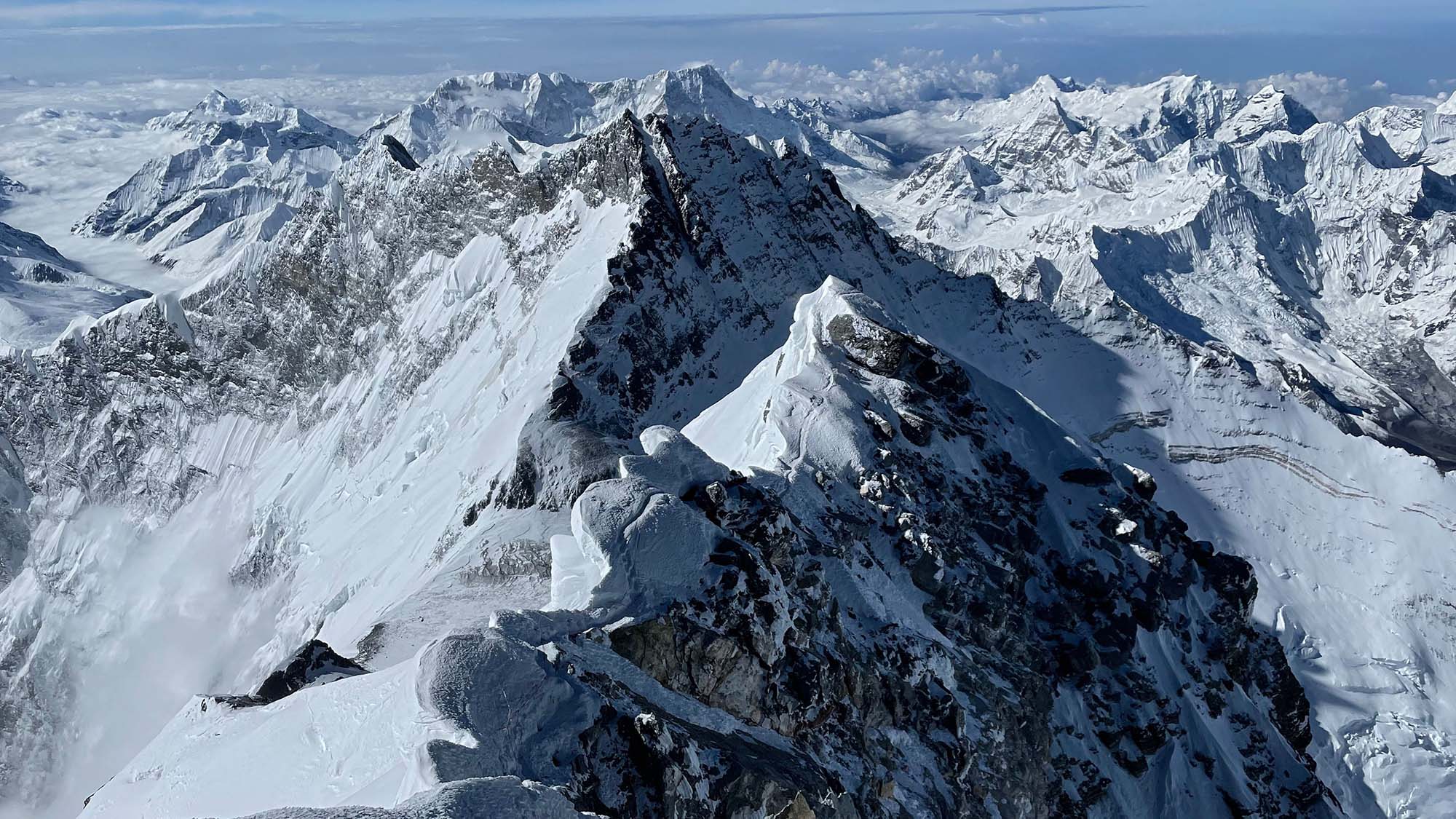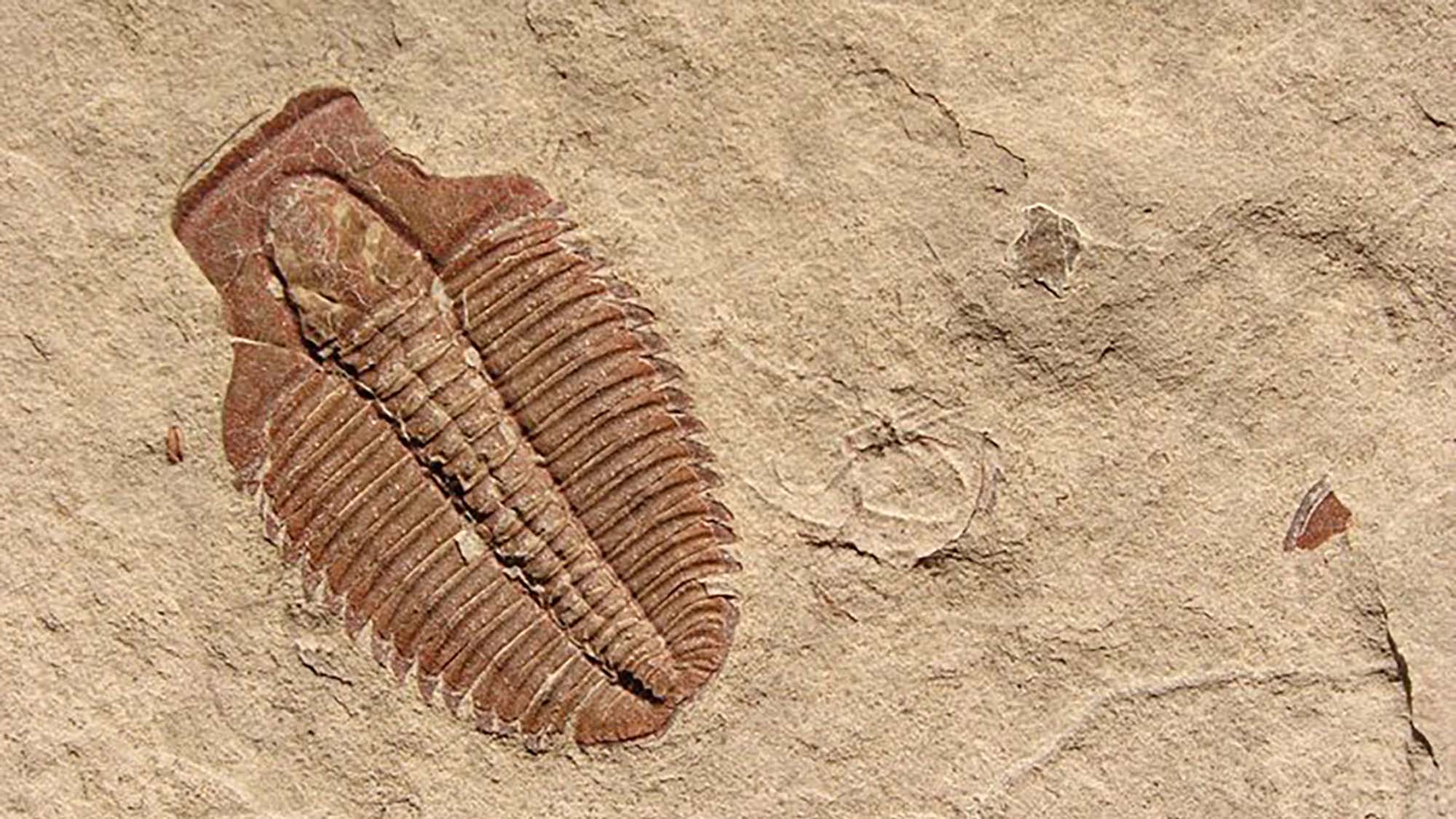These two ancient supermountains may be responsible for evolution of life on Earth

The evolution of life on Earth is one of science's greatest mysteries, but we may have moved another step forward in solving it, and two ancient supermountains might have played a critical role during two of life's most important biological inflection points.
In a new study published this month in the journal Earth and Planetary Science Letters, researchers from the Australian National University (ANU) make the case that the primordial Nuna and Transgondwana supermountains seeded essential mineral and atmospheric resources on the planet's surface that kick-started the development of eukaryotic cells and, later, the Cambrian explosion.
When tectonic plates in the Earth's crust collide, mountains form as the crust crumples up like the hood of a car during a wreck. The process might take tens of millions of years, but the end result is some of the tallest mountains in the world, like those in the Himalayan mountain range.
About 2 billion years ago, the formation of the supercontinent Nuna appears to have produced a massive mountain range called the Nuna supermountain. The same thing also happened during the formation of the supercontinent Gondwana, about 600 million years ago, producing the Transgondwana supermountain.
"There's nothing like these two supermountains today," Ziyi Zhu, a Ph.D. candidate at ANU and the lead author on the study, said in a university statement. "It's not just their height – if you can imagine the 2,400km long Himalayas repeated three or four times you get an idea of the scale."
The mechanics of supermountain formation

These supermountains no longer exist, since even as they form, erosion processes from Earth's water cycle and atmospheric wind were slowly grinding the supermountains down. How, then, do we know that these mountains ever existed?
The researchers used zircon with low lutetium content, a mineral that only forms under immense pressure in the roots of high mountains, as a kind of mountain marker. These markers are identifiable in the geological record and can be dated, allowing geologists to track the growth and evolution of these large mountains over time.
Sign up for breaking news, reviews, opinion, top tech deals, and more.
Another important element in this process is the nature of plate tectonics itself.
The circulation of semi-molten rock in the Earth's mantle that drives plate tectonics brings minerals and elements that are found deep inside the Earth close to the surface.
This rock along the boundary with the Earth's crust cools and becomes part of the crust.
When plates collide to form mountains, this rock – normally as many as 30 miles below the surface – can be pushed up above sea level as the inner-most root of the mountain.
As the mountain erodes over time, that interior root eventually becomes exposed and erodes as well, introducing the minerals it contained into the air and oceans on the Earth's surface.
Giving evolution a helping hand

The processes that led to these minerals circulating on the surface might have been critically important for the development of complex life on Earth because the vast majority of the oxygen on Earth isn't in our atmosphere, it's locked away in silicates and oxides in the planet's mantle.
By bringing that oxygen-rich rock to the surface, the two supermountains might have helped seed large amounts of oxygen into the atmosphere and oceans and supercharged major evolutionary events in the process.
"We call the first example the Nuna Supermountain," Zhu said. "It coincides with the likely appearance of eukaryotes, organisms that later gave rise to plants and animals.
"The second, known as the Transgondwanan Supermountain, coincides with the appearance of the first large animals 575 million years ago and the Cambrian explosion 45 million years later, when most animal groups appeared in the fossil record."
The process of oxygenating Earth's atmosphere and oceans wasn't steady, the ANU researchers point out. Instead, it came in bursts and two of the biggest influxes in that process coincide with the creation and erosion of these two supermountains.
This study gives us markers, so we can better understand the evolution of early, complex life.
ANU Professor Ian Campbell
"The early Earth's atmosphere contained almost no oxygen," Zhu said. "Atmospheric oxygen levels are thought to have increased in a series of steps, two of which coincide with the supermountains.
"The increase in atmospheric oxygen associated with the erosion of the Transgondwanan Supermountain is the largest in Earth's history and was an essential prerequisite for the appearance of animals."
As important as oxygen is, it isn't the only vital mineral this process might have been introducing to the surface.
Elements like phosphorous and iron are essential to the development of complex life, and these are also brought to the surface by mountain formation. The erosion of these supermountains would have introduced large volumes of these minerals to the surface as well.
"The time interval between 1,800 and 800 million years ago is known as the Boring Billion, because there was little or no advance in evolution," study co-author and ANU professor Ian Campbell said.
"The slowing of evolution is attributed to the absence of supermountains during that period, reducing the supply of nutrients to the oceans."
So not only is supermountain formation strongly correlated with major evolutionary advances, the lack of supermountain formation also overlaps with periods of evolutionary stagnation, providing strong evidence of a link between the two.
"This study gives us markers, so we can better understand the evolution of early, complex life," Campbell said.
Could it just be a coincidence?
It is entirely possible that the presence of a supermountain in the geological record and major evolutionary advances during that same period are unrelated, of course. Correlation does not equal causation.
Still, the evidence is compelling, and when dealing with points in time so far in our planet's past, the fact that we even have evidence at all is a big deal.
It also provides a logical explanation for the biodiversity we see by building on what we already know. We might never know with 100% certainty. But, if this turns out to be the case and supermountains are an important factor in the evolution of life, then it not only helps explain how we got here, it could help us in our search for life elsewhere in the universe.
As we study the features of exoplanets with next-generation instruments that will come online in the next decade, singling out planets with identifiable plate tectonics – those exoplanets with mountains, more or less – can help us narrow down candidate exoplanets for further study with the limited resources at our disposal.
And, if nothing else, learning about and imagining our home as it evolved through time is a great way to stay humble.

John (He/Him) is the Components Editor here at TechRadar and he is also a programmer, gamer, activist, and Brooklyn College alum currently living in Brooklyn, NY.
Named by the CTA as a CES 2020 Media Trailblazer for his science and technology reporting, John specializes in all areas of computer science, including industry news, hardware reviews, PC gaming, as well as general science writing and the social impact of the tech industry.
You can find him online on Bluesky @johnloeffler.bsky.social